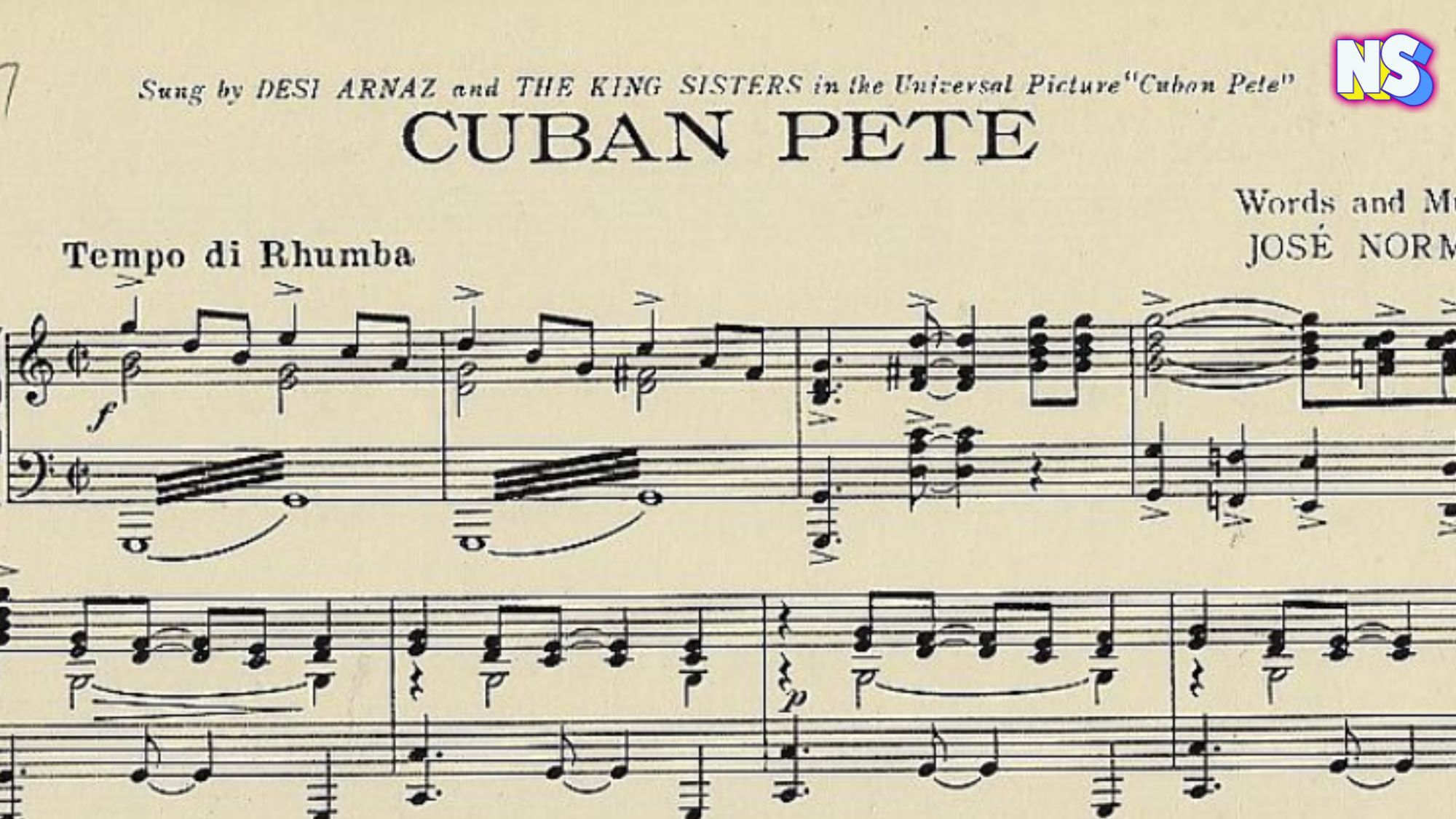
Every popular Latino song that permeates our culture has a story but few have the whimsical background and historical significance that matches the “La Cucaracha”, perhaps the oldest tune that Latino - and non-Latinos - alike can easily sing, or whistle to.
There is significant debate about the exact time when the song we know today was born. What’s undeniable is that this Mexican Corrido first shot to fame during the Mexican Revolution, and there are two popular schools of thought about who the cockroach in the Corrido is referring to, and when it started.
Many chroniclers claim that the best-known version of "La Cucaracha" started as one of the favorite songs of Francisco "Pancho" Villa's troops who modified the lyrics and used them to mock dictator Victoriano Huerta. Huertas was despised by many for double-crossing, deposing, and allegedly assassinating the popular president Francisco I. Madero (1910-1912).
In this context, the song portrays Huerta as a cockroach because, in addition to being a conspirator in Madero’s overthrow, he was known for his addiction to alcohol and marijuana. Huerta had a gait hindered by drinking and vision impairment, which is why the song calls him La Cucaracha que ya no puede caminar (the roach that can’t walk).
As usually happens with popular culture, through the 10 years of the war, and the hardships it brought many, the song’s verses transformed into general complaints about the conflict and the people who were suffering it. It also brings us to the other, equally strong, if not stronger theory about the song.
The Cockroach as a symbol of women
Some historians argue that the earliest physical of “La Cucaracha” demonstrates that the song is not about Huerta after all but rather about the Mexican women of the Revolution.
The first known printed version of the lyrics of "La Cucaracha" dates from 1915 as a lithograph by Antonio Vanegas Arroyo and depicts women in all its verses.
During those years, Mexican women endured harsh conditions as they both traveled along with their husbands and boyfriends to support them and their families during the war, and also fought alongside them in battles. Among the nicknames for these women warriors and camp followers were Soldaderas, Adelitas, Juanas, and Cucarachas.
In her book Mexican Military: Myth and History, author Elizabeth Salas writes: "Unlike corridos about male revolutionaries like Villa and Zapata, none of the well-known corridos about soldaderas give their real names or are biographical. Consequently, there are very few stanzas that ring true about women in battle or the camps."
The women of the battlefield didn’t just have to literally fight to survive, they had to constantly overcome machismo, and misogyny in all its forms. Even the great muralist José Clemente denigrated them by associating them with the cockroach symbol, and depicting them as prostitutes, in his engraving "El Baile de la Cucaracha."
'La Cucaracha' in the United States
Mexico’s proximity to the United States made the migration of the catchy Corrido further north inevitable, fueling its growth, and building its legacy.
In 1934, director and actor Lloyd Corrigan set in motion the production of a musical short under the same name, believed to be the first live-action use of the full-color Technicolor Process No. 4. The short tells the story of Señor Martinez, a famous theater owner, who visits a local cafe in Mexico in search of a famous dancer.
"La Cucaracha" won producer Kenneth Macgowan an Oscar in 1935 for best comedy short film. The only member of his crew of Mexican origin was Don Alvarado.
La Cucaracha’s Secret Sauce: It’s Catchy, Ever-Changing
Aside from being a super catchy song, it seems that one of the chief reasons why so many people recognize it quickly is because it has appeared in countless Looney Tunes cartoons, and has been covered by scores of musical performers including Louis Armstrong, Charo, and Liberace.
A major curiosity about “La Cucaracha” is that although most people know the first few lyrics of the tune, many have changed the song to explain what follows the part that says, “porque le falta, porque le falta”... The offbeat things people say the infamous cockroach is missing has included its leg, marijuana, booze, a girlfriend, and countless other things.
Lalo Alcaraz brings 'La Cucaracha' to the comic world
Today, “La Cucaracha” is not only the name of a popular song but of an iconic comic strip by award-winning Chicano artist Lalo Alcaraz.
It was thanks to an LA Weekly columnist that Alcaraz discovered the origins of "La Cucaracha". Understanding that it was meant as a form of popular political satire, the cartoonist embraced the cockroach symbol for the powerful meaning it represented.
In his comic strip "La Cucaracha," Eddie, Lalo’s alter ego, shows life through the prism of irreverence and activism from the perspective of Latinos in the United States.
The comic strip's main character, "La Cucaracha," is militant, Chicano, and with the characteristics of the stereotype: a goatee, sneakers, khaki pants, and a flannel shirt buttoned only at the collar.
"I don't know if is a very Spaniard thing to do, but it is a very Latin American thing to do," he told Nuestro Stories. "A very Mexican thing to do, especially, is to talk shit and make fun of things, of our miserable lives."
The comic strip was first published in the LA Weekly in 1992, and the satirical themes, which speak to the real Latino experience in Southern California, soon made waves.
"La Cucaracha" is considered one of the most controversial in the history of American comics, but Lalo wouldn’t have it any other way. The strip is syndicated by Andrews McMeel Syndication and is printed in more than 60 newspapers.
"It's free to be a smart ass; it doesn't cost you any money. It might cost you a tooth or a broken nose, but that's cheap compared to losing your dignity."





